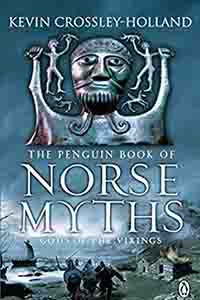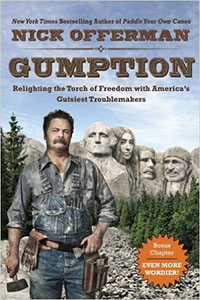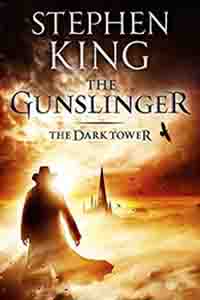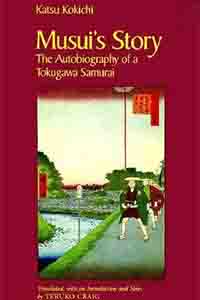“A collection of dramatic, moving, intricately structured stories … a scholarly survey and compendium of Norse mythology … a sustained poem distinguished by the icy precision of its language.”
NO MAJOR SPOILERS
It has been over 800 years since the Norse religion went into decline in the face of Christianity and yet, if you know where to look, Norse mythology still shapes the West to this day.
Though no longer worshipped as Gods, names like Odin, Thor, and Loki are still familiar to many people and Norse mythology has shaped our present day more than you might realise.

Did you know Tuesday derives from Tyr, the Norse God of war? That Wednesday comes from Woden, more commonly referred to as Odin, Thursday is named after Thor, the God of thunder, and Friday derives from Frigga, God of love and beauty? The Christian holiday Christmas may celebrate the birth of Jesus Christ, but finds its origins deeply rooted in the Jul (Yule) festival celebrating midwinter. The old Gods may no longer be worshipped, but they are still very much alive thanks to the myths and legends that have been handed down for generations.
For those who want to learn more about this ancient religion that has subtly shaped our world, Holland’s Norse Myths is an excellent starting point. Holland has collected the most famous myths of the old Gods and has sorted them into a chronological order that begins with the shaping of the world and ends with Ragnarök, the destruction of the Gods and the rebirth of Earth. Viking mythology can feel like quite an intimidating subject to bone up on, especially given how removed the Nordic language may feel to those not from Northern Europe, but Holland’s book excels at easing newcomers into this strange new world gently whilst at the same time not feeling dumbed down.
The book is essentially split into two halves. The first half holds each myth and the other is gives the reader notes on each myth and legend, its history, its insight into the characters involved, and the lessons it served to teach. For instance, after reading one of the myths, there’s a footnote that says turn to page xxx for notes. It’s great to become absorbed in a story and then be able to turn to a deconstruction of it.
The problem with Norse mythology was that it was spread via stories and was rarely written down. As the religion declined, the stories became lost and would be even more obscure today were it not thanks to the efforts of a 13th century Icelandic historian named Snorri Sturluson who dedicated himself to recording as much of the Norse stories as possible, though they were already becoming obscure by his time. Thanks to his efforts, we have a much clearer picture of Norse folklore, though many pieces of the puzzles are still missing.
Working with Snorri’s notes, and notes from other Christian scholars, Holland has worked to create this book which pieces together the story of the Gods of Asgard, their feuds with the Ice Giants, their dealings with the greedy Dwarfs, and their adventures into the world of men. Whilst the stories are great tales of epic journeys, sly schemes, and battles, they also often impart wisdom and lessons to those who heard them. It is often arrogance, pride, or envy that sees the God’s enemies become unstuck, rather than them being beaten simply by brute force.
As Holland’s book explains, the Norse Gods weren’t Gods in the modern sense of the word, rather they were superhuman beings capable of feats of strength and endurance that us regular folk can only dream of. Some had certain supernatural qualities, like Loki’s ability to turn into another form, but they were far from all powerful. Vikings did not believe that the Gods had any power over the future and did not expect the Gods to change a person’s current circumstances. The idea was for a Viking to impress the Gods by embracing the pitfalls of life whilst striving to overcome them and achieve glory regardless.
The stories themselves are wonderful tales and it’s not hard to see why such myths captured the imagination of the Nords, nor why they continue to intrigue us to this day. I was surprised to find that many of the stories had a certain sense of humour about them and would sometimes show powerful Gods being made a fool of after they’ve trusted too much in their powers. Perhaps this was a way of showing that all of us will make mistakes, regardless of our power or position? No doubt readers will each warm to different Gods depending on their outlook in life and I personally found myself wanting to feast in Valhalla with the likes of Thor, the powerful but somewhat less cunning God of thunder, Baldur, the God of Joy, light, and beauty, and Freya, the Goddess of love and fertility. Then of course there’s the God we all love to hate (his fellow Gods included), Loki, the Trickster who is essentially the wild card. His tricks and schemes often causes havoc for everyone around him but he usually comes down on the side of the Gods (even if it requires Thor to threaten a beating).
As I’ve mentioned, the Gods are not immortal and though they don’t age, they can be killed and are aware that ultimately they will die during the great battle of Ragnarök that marks the end of the Norse legends. The Gods themselves are like characters who grow as their saga unfolds and it’s interesting to see how the Gods each embrace their own destinies. Thor transitions from more of a peaceful but strong God into a powerful warrior who slays even the fiercest Ice Giants thanks to receiving the mighty hammer Mjölnir. Loki on the other hand turns from a light-hearted prankster into a bitter and dark schemer who’s plans end up killing one of his fellow Gods.
Holland’s excellent book has only made me more interested in Norse mythology and I would highly recommend it to anyone who wants to learn about Norse myths and legends, or to anyone who simply wants to read some entertaining stories. I would highly recommend it if you’re currently enjoying the TV adaptation of Neil Gaiman’s novel American Gods. This book thoroughly engrossed me and, when it began to thunder the other day, I couldn’t help picture Thor showing his approval.
Reviewed by:
Thom Peart
Added 26th June 2017




